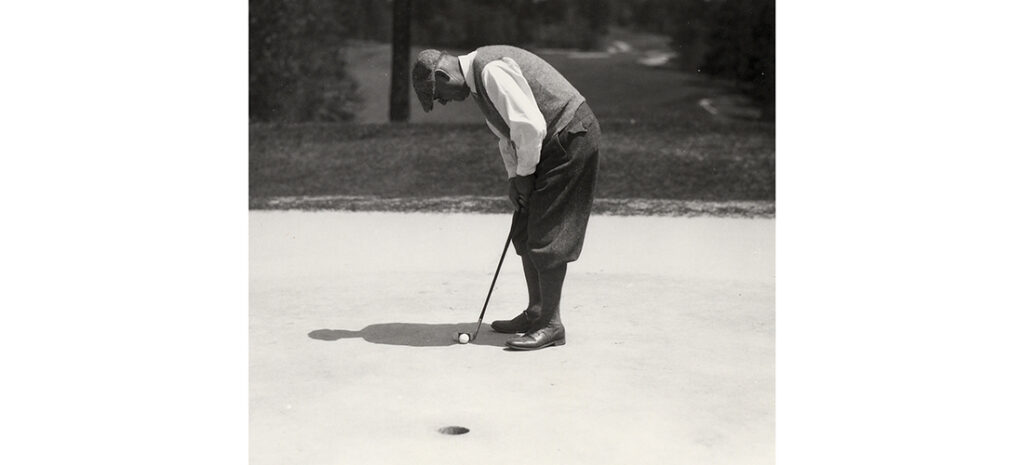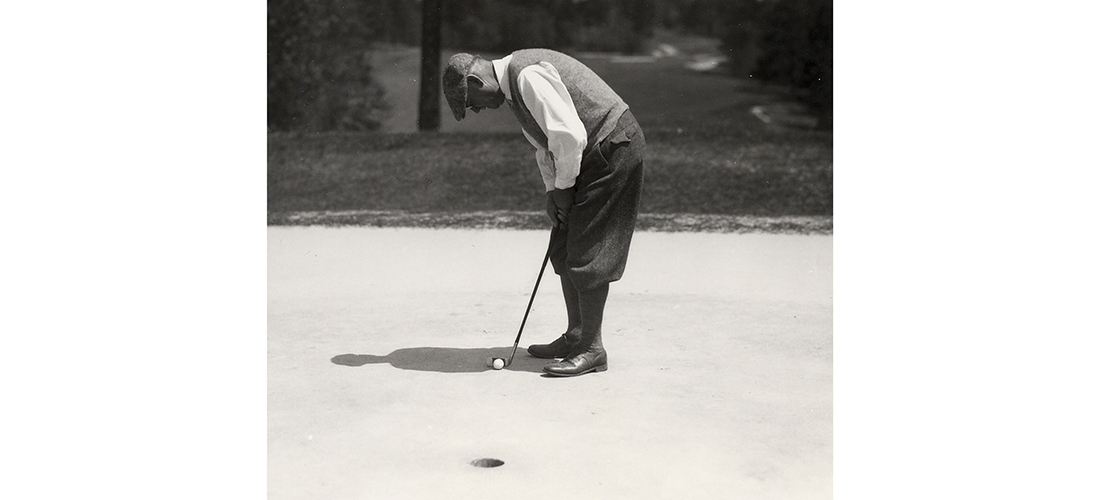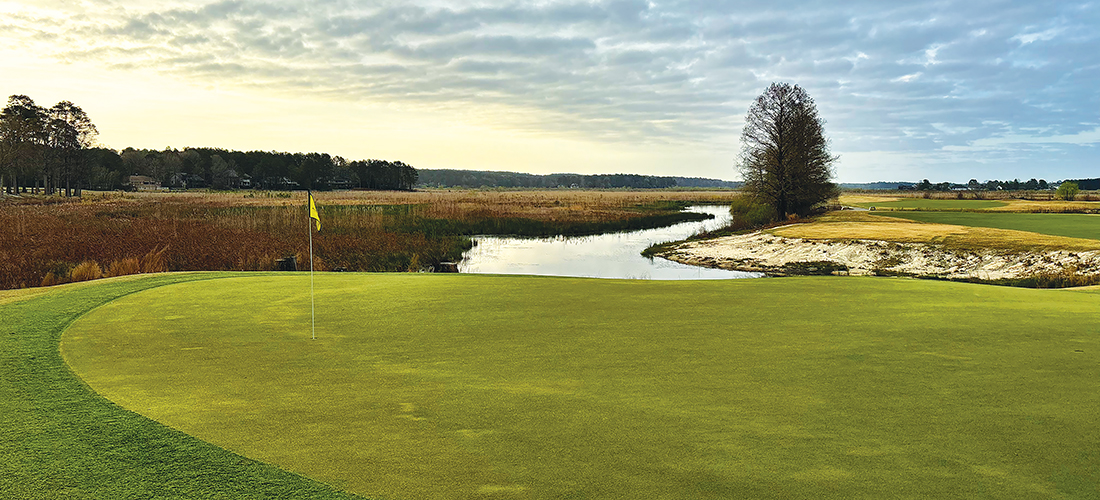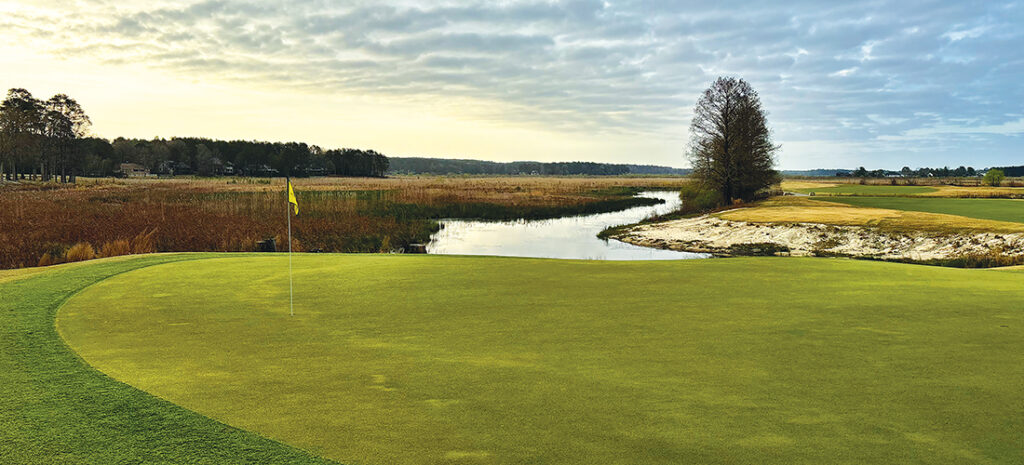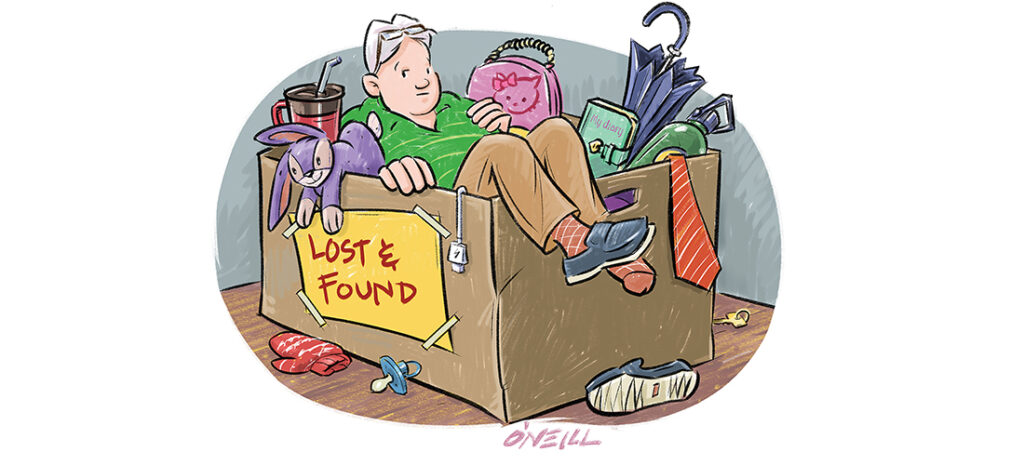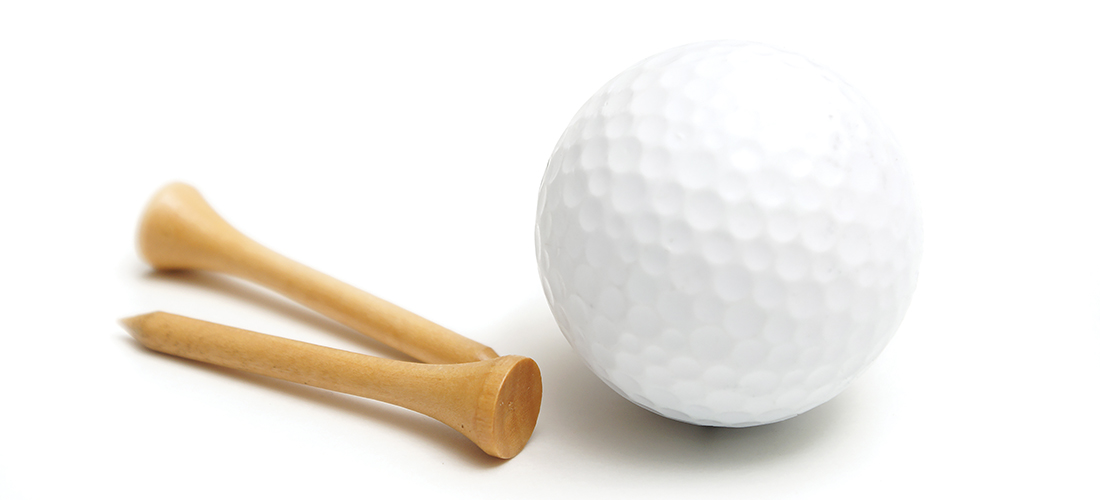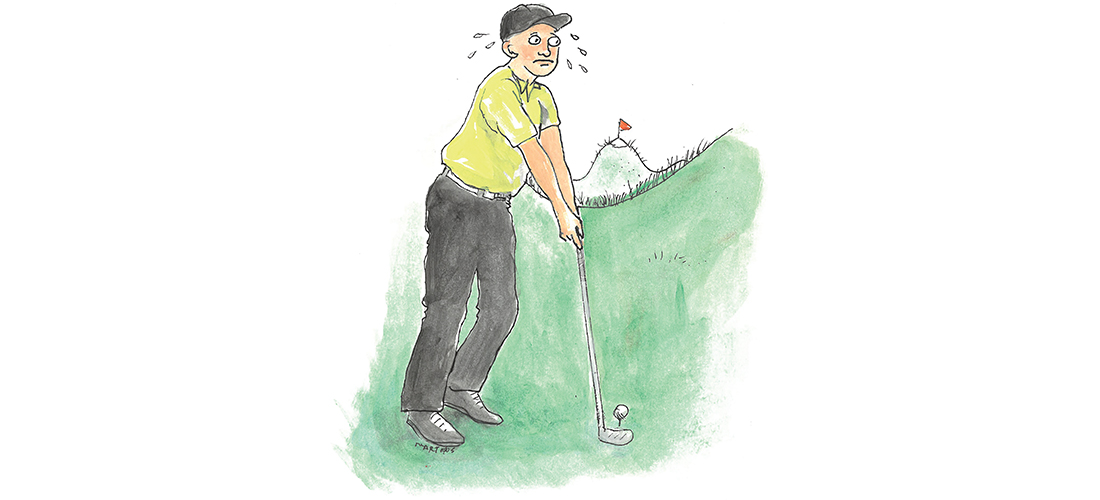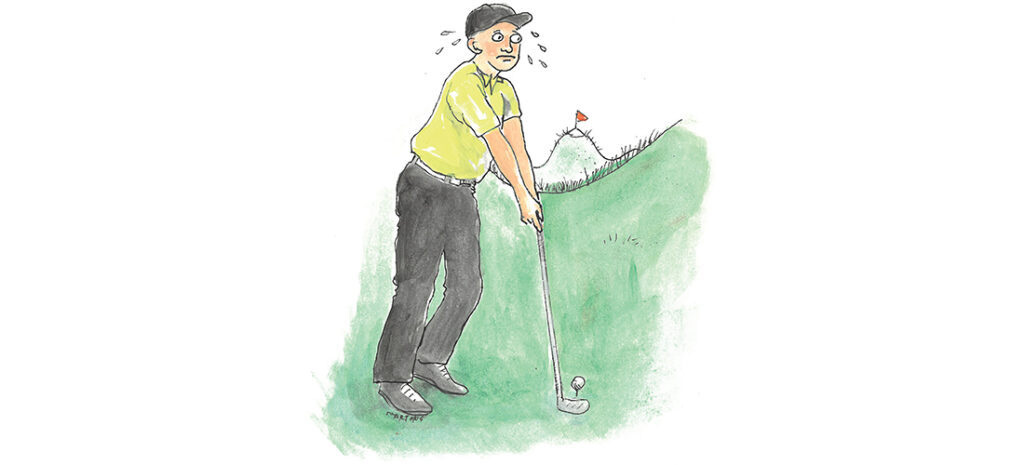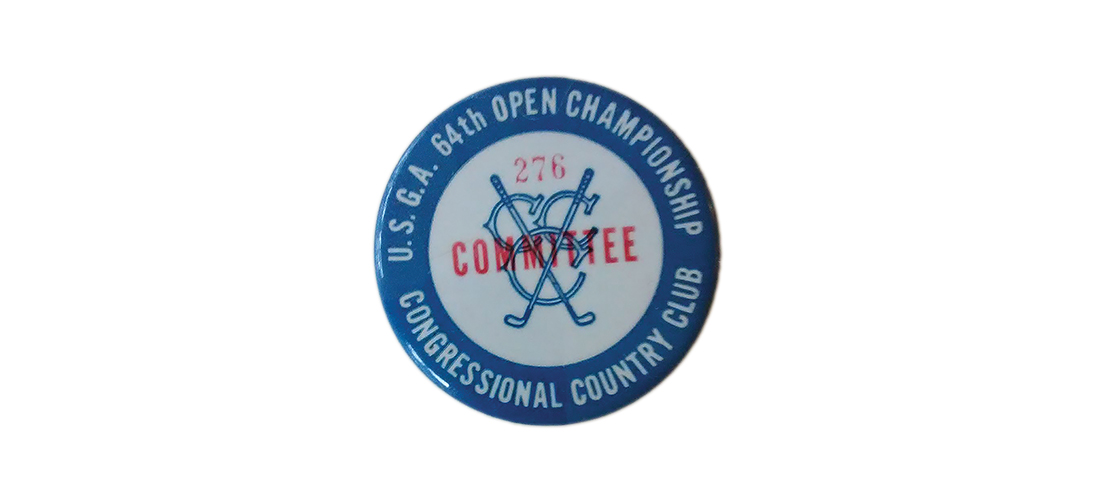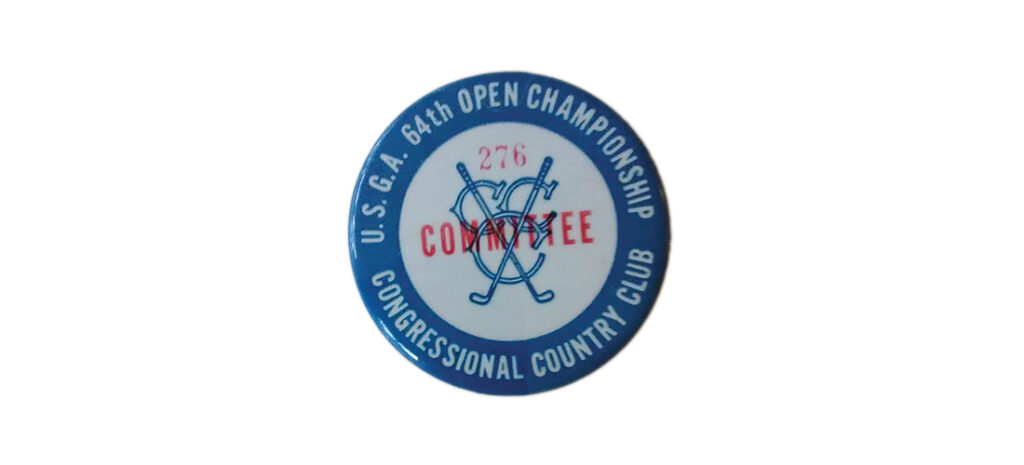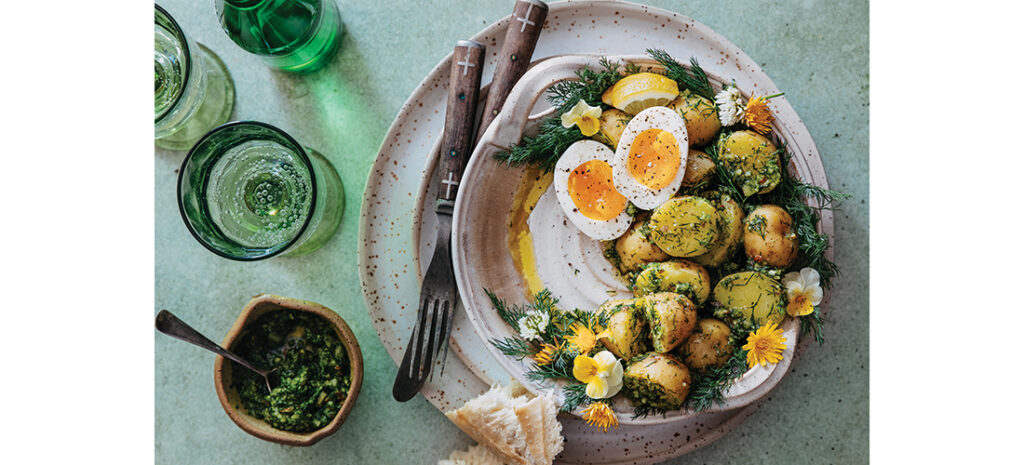When Losing is Winning
Seeing the world through missing glasses
By Jim Dodson
“Oh I have been to Ludlow Fair. And left my necktie God knows where.” – A.E. Houseman
The other day, I lost my latest pair of expensive eyeglasses. Sadly, I seem to lose my spectacles on a regular basis. My wife, Wendy, jokes that she keeps a running account with Warby Parker.
Just for fun, I made a rough count of eyeglasses I’ve lost over the past 23 years of our marriage. I gave up the count after six, which happens to be this year’s total alone. At least one of those pricey pairs of specs was never found. It vanished into the magical Land of Lost Things without a trace. Of the remaining missing five, Wendy found two pairs in the pockets of old work shirts and a third in a sports coat I haven’t worn since Christmas. The fourth pair turned up in a rose bush where I was doing some early spring pruning. The fifth and final missing pair — my hip, whiskey-hued tortoiseshell sunglasses — finally revealed themselves in my golf bag, where I left them two weeks ago.
Dame Wendy’s theory to explain my penchant for losing my glasses is that I have so much on my mind — i.e. deadlines, books to read, garden stuff, my aging golf swing, the general state of the world, etc. In short, there’s little room remaining to remember where I leave things that I don’t particularly deem essential.
My explanation for this perpetual problem comes from my being nearsighted and only needing glasses to see objects in the distance, including, but not limited to, golf balls, birds at the feeder in the yard, street numbers, the fine print on billboards, UFOs and interesting cloud formations. When I’m reading, writing or examining something up close, I typically remove them and — apparently — forget where I put them down. Out of sight, out of mind.
All of this invariably has me pondering lost things in this world, including people.
We Americans are obsessed with winning and losing. The worlds of politics and sports are the most obvious examples. One presidential candidate calls people “losers” and insists that America will cease to exist if he isn’t re-elected Commander in Chief next November; while the other declares that democracy is doomed if his opponent somehow wins. Meanwhile, billions of dollars from wealthy team supporters flood our college sports, where winning is the only name of the game.
Up on Wall Street, meanwhile, where predicting winners and losers is the holy writ of American commerce, we watch the record Dow rise as if we’re running with the bulls, staying one step ahead with the nettlesome awareness that what goes up inevitably comes down. As the gap between the haves and have-nots ever widens, we associate wealth with winning and poverty as a stubborn inconvenient truth. Jesus, after all, said the poor will always be with us. He also asked what profit it is for a man to gain the whole world, but lose his soul?
Sometimes being lost or losing is the best thing that can happen to you.
Last year, I lost 40 pounds and have never felt physically better. I’ve even managed to give up (mostly) my gifted baker wife’s unearthly delicious cookies, pies and cakes, though I draw the line at giving up her lemon-ginger scones and a daily large chai tea latte.
More than once I have been lost on America’s country back roads in some of the most beautiful cities in the world, only to discover wonderful people, places and things I would never would have encountered otherwise. One of the sad truths of our GPS-equipped smart phones is that we can never truly be lost anywhere in the world these days unless the juice runs out.
Losing one’s fear of those who don’t share our opinions, tastes, gender, lifestyle, religion, race or brand of politics can be a courageous and very healthy thing, quite possibly the first step toward regaining the kind of social civility that could heal this divided country and bring us all a step closer together as Americans.
Many years ago, due to my work and strengthening faith, I even lost my fear of dying by choosing to believe that each day is actually a reason to feel grateful for being alive — even on so-called “bad” days when nothing seems to go right.
Losing a loved one to disease or tragedy, on the other hand, exists in a category all its own, though the passage of time and memories can often be an unexpected path to healing and awakening. I lost both of my parents more than two decades ago, yet today I seem to hear their wonderful voices and wise words clearer than ever.
My mom was the one who stressed the importance of losing one’s fear and judgment of others in a multi-hued world where everyone is different, a value system I saw her live every day of her life. It’s something I aspire to but admittedly still struggle with at times. Forever a work in progress, I suppose.
My dad was a fine baseball player in his youth and, later in life, became a terrific golfer. Following in his wake, I was something of a hotheaded kid who hated to lose at either of those games. It was he, however, who pointed out that my boyhood sports hero, the great amateur golfer Bobby Jones, said he never learned anything from winning a golf tournament.
In truth, it took me many years — and no shortage of lost games and golf matches — to appreciate my old man’s belief that being a good loser is, in fact, the road to someday being a gracious winner. When I was about 10 years old, he placed a framed copy of Rudyard Kipling’s poem “If” on my bedroom wall. I can still recite my favorite passages by memory.
And I don’t even need glasses to see the timeless vision of these words.
If you can make one heap of all your winnings
And risk it on one turn of pitch-and-toss,
And lose, and start again at your beginnings
And never breathe a word about your loss;
If you can talk with crowds and keep your virtue,
Or walk with Kings — nor lose the common touch,
If neither foes nor loving friends can hurt you,
If all men count with you, but none too much;
If you can fill the unforgiving minute
With sixty seconds’ worth of distance run,
Yours is the Earth and everything that’s in it,
And — which is more — you’ll be a Man, my son! PS
Jim Dodson can be reached at jwdauthor@gmail.com.
